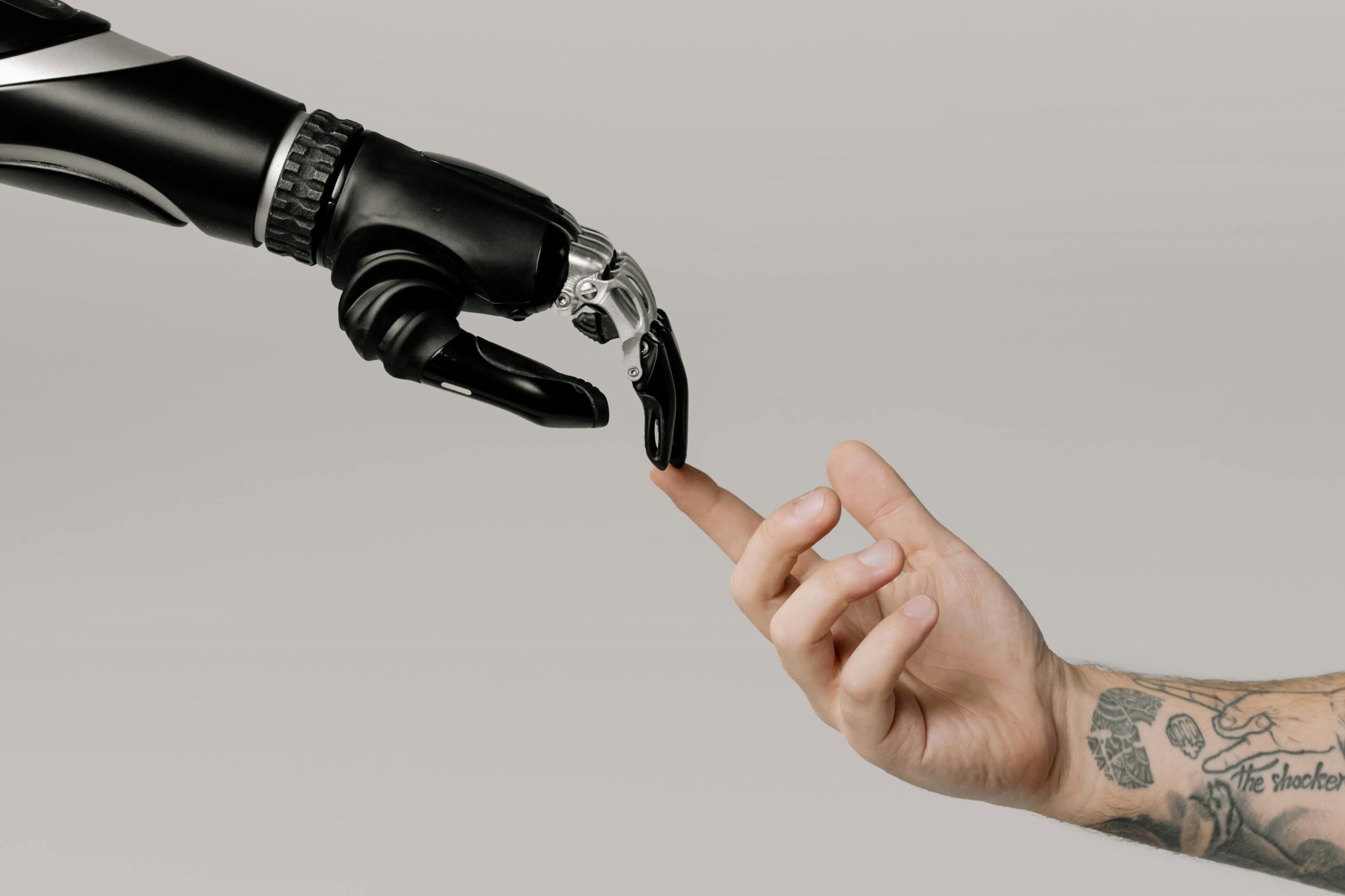Are you new to the world of artificial intelligence (AI) and feeling a bit overwhelmed by all the technical jargon? Fear not! In this informative article, we’ll take a friendly and simplified approach to help you understand the basics of AI. From demystifying complex concepts to providing practical examples, we’ll guide you through the fascinating realm of AI, making it accessible and enjoyable for even the most novice of learners. So, get ready to embark on an exciting journey of discovery as we unravel the mysteries of AI together!
What is AI
Definition of AI
Artificial Intelligence (AI) refers to the simulation of human intelligence in machines that are programmed to think and learn like humans. It involves the development of computer systems capable of performing tasks that would typically require human intelligence, such as visual perception, speech recognition, problem-solving, and decision-making.
Types of AI
There are generally two types of AI: narrow AI and general AI. Narrow AI, also known as weak AI, is designed to perform specific tasks, such as playing chess or recognizing speech, and operates within a limited context. General AI, on the other hand, aims to possess the ability to understand, learn, and apply knowledge across various domains, similar to human intelligence.
Evolution of AI
The concept of AI has been around for decades, but it is in recent years that significant progress has been made in its development and application. In the past, AI systems were primarily rule-based, with predefined instructions. However, with advancements in computing power and the availability of large datasets, machine learning algorithms have become a key component of AI. These algorithms enable machines to learn from data and improve their performance over time.

AI in Everyday Life
Virtual Assistants
Virtual assistants, such as Apple’s Siri, Amazon’s Alexa, and Google Assistant, have become an integral part of many people’s lives. These AI-powered voice-activated assistants can answer questions, perform tasks like setting reminders and playing music, and even control smart home devices.
Smart Home Devices
AI has made its way into our homes through various smart devices. From thermostats that learn your temperature preferences to smart cameras that can identify and alert you about potential intruders, these devices use AI algorithms to enhance convenience and security.
Recommendation Systems
Ever wonder how streaming platforms like Netflix and music services like Spotify recommend content tailored to your preferences? It’s all thanks to AI-powered recommendation systems. These systems analyze your past behavior, such as the movies or songs you have watched or listened to, and use that data to suggest similar content that you might enjoy.
Social Media Algorithms
The content you see on social media platforms is often curated by AI algorithms. These algorithms analyze your past interactions, such as likes, comments, and shares, and use that data to personalize your feed with content that aligns with your interests.

AI Applications
Healthcare
AI has revolutionized the healthcare industry by enabling more accurate diagnoses, predicting disease outcomes, and optimizing treatment plans. Machine learning algorithms can analyze large amounts of medical data to identify patterns and make predictions, assisting healthcare professionals in making informed decisions.
Finance
AI algorithms are extensively used in the finance industry for tasks such as fraud detection, credit scoring, and automated trading. These algorithms can analyze vast amounts of financial data in real-time, making it easier to identify potential risks and opportunities.
Transportation
Self-driving cars are a prime example of how AI is transforming the transportation sector. AI algorithms, coupled with sensors and cameras, enable vehicles to perceive their surroundings, navigate through traffic, and make informed decisions. This technology has the potential to enhance road safety and reduce accidents.
Education
AI has the potential to revolutionize education by personalizing learning experiences for students. Adaptive learning platforms can analyze students’ strengths and weaknesses, tailoring coursework and providing targeted feedback to enhance their understanding and success.
Customer Service
AI-powered chatbots and virtual assistants are increasingly being used in customer service to handle routine inquiries and assist customers. These AI systems can provide instant responses, improving customer satisfaction and reducing the workload for human customer service agents.
Manufacturing
AI is playing a significant role in optimizing manufacturing processes through techniques like predictive maintenance and quality control. Machine learning algorithms can analyze data from sensors in real-time, predicting equipment failures and identifying potential quality issues before they occur.

Machine Learning vs. AI
Understanding Machine Learning
Machine Learning (ML) is a subset of AI that focuses on enabling machines to learn from data and improve their performance without explicit programming. It involves the development of algorithms that can automatically learn and make predictions or decisions based on patterns identified in data.
How ML Relates to AI
Machine learning is a key component of AI. While AI encompasses a broader range of concepts and techniques, machine learning provides the means for AI systems to learn and adapt through the analysis of data. Machine learning algorithms enable AI systems to recognize patterns, make predictions, and optimize performance.
Key Differences
The main difference between AI and machine learning is the scope. AI encompasses the broader concept of simulating human intelligence, while machine learning focuses specifically on enabling machines to learn from data. Machine learning is a subset of AI and provides the tools and techniques for AI systems to learn and improve their performance.







Leave a Reply